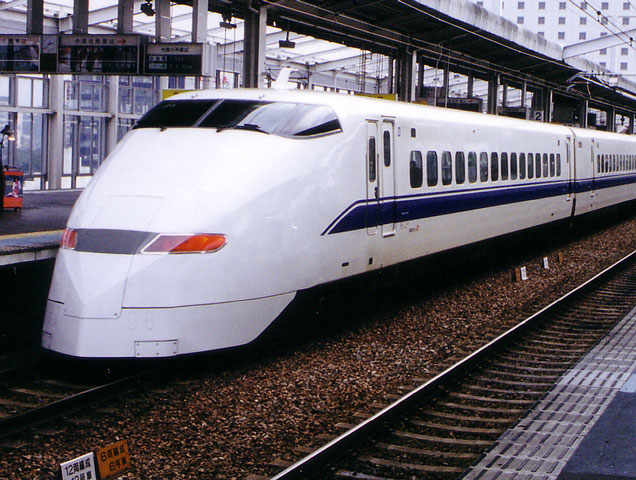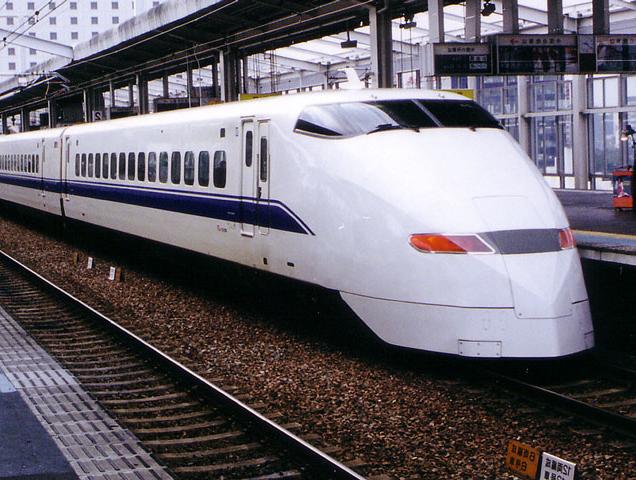
|
Topic 4:
The Solar System
Reading:
Formation of The Solar System, Chapter 6
|
For the rest of the quarter we will concentrate on trying to understand
how the Solar System formed, how it has evolved since its formation, and
its (our)place in the Universe. In this context, at some
point, we will address the questions of whether the Solar System
and life is unique
or whether there are other examples of these things in the
Universe.
 |
The Solar System is located in the grouping of stars (galaxy) known as
the Milky Way galaxy.
The Milky Way is a
just one of many billions of
galaxies in the Universe. The Milky Way galaxy is a spiral
(barred spiral?) galaxy which contains roughly 200 billion stars
(e.g., see
here
for the external spiral galaxy M51 and an edge-on view of the
Sombrero galaxy, M104).
The visible material of the Milky Way is
contained in a thin, rotating disk
(
optical image and
infrared image).
The diameter of the disk is on
the order 100,000 - 300,000 light years (1 light year = 6 trillion
miles = 9.3 trillion kilometers)
and has a thickness of several thousands of light years.
|
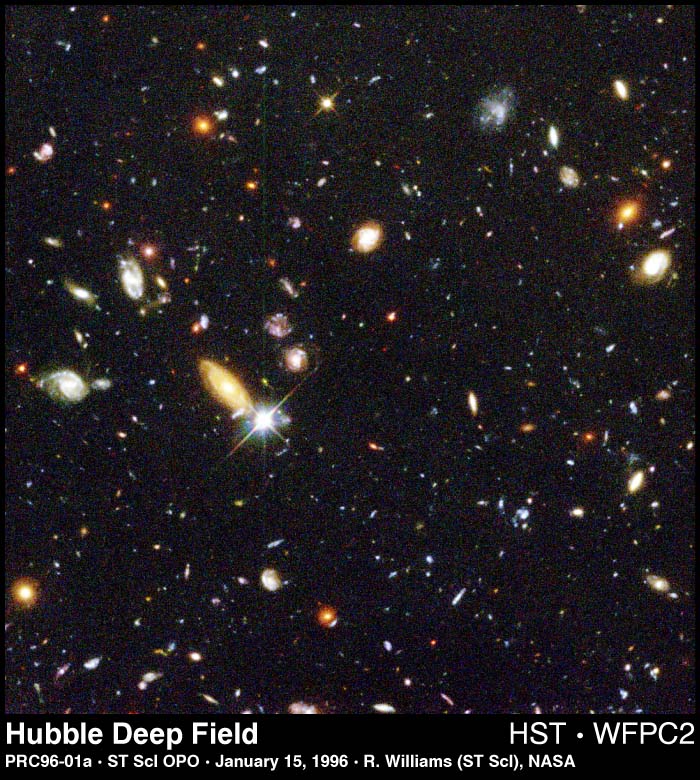
|
The appearance of the Milky Way is striking. In the
center of the disk there is a bulge out of which extends
several spiral arms. The Solar System is located in one of the
arms, roughly one-half of the way from the center of the disk.
The Solar System orbits the center of our Galaxy with a speed of roughly
220 kilometers per second or 800,000 kilometers per hour!
The average mass of a star in the Milky Way galaxy is 30 % that of the Sun.
The Sun is thus
slightly larger than average, but not
really that far out of line. The Sun is just 1 out of the two-hundred
billion stars which make up the Galaxy. Given
this, it is not unreasonable to suspect that the Solar System is
not unique. We return to this issue a little later.
In this Topic, we will
- Describe the features of our Solar System that guide our basic model for
the formation of the Solar System:
- the regularities of the motions of the planets, the facts that the planets
orbit the Sun nearly in the ecliptic plane, the planets orbit about the Sun
in the same sense (direction), and that the planets have nearly circular
orbits
- the breakdown of the planets into three general types, the solid Earth-like
planets (Terrestrial planets), the gaseous Jupiter-like planets (Jovian
planets), and the rock/ice objects (dwarf planets, Kuiper belt objects,
asteroids,
comets)
- Present further properties of the
planets dealing mainly with their current
atmospheres. For the Terrestrial planets because: (i) the atmospheres are not
their primary atmospheres (the atmospheres with which they were formed) but are
secondary atmospheres (atmospheres acquired after their birth);
(ii) their atmospheres only make-up a small part
of the overall mass of the planet, their current atmospheres
tell us more about how the planets have evolved since birth and not as much
as to how they formed.
Let's start outlining the properties of the objects in our Solar System.
GENERAL FEATURES OF THE SOLAR SYSTEM
The Solar System displays a
seemingly incomprehensible amount of diversity.
However, on closer inspection,
we see many regularities and patterns in the Solar
System.
We
first concentrate on the broad brush aspects of the Solar
System looking at the properties of the Solar System that are crucial for
any model for the formation of the Solar System to explain and properties
that help us to understand how the Solar System has evolved after
its formation.
I. DYNAMICAL REGULARITIES
I have already mentioned
the dynamical regularities
of the Solar System. In the following, we remind the student of these
features of the motions of the planets.

The principal regularities are:
- All planetary orbits are roughly in the same plane -- less than 5o tilt with the exception of Mercury.
- All planetary orbits are roughly circular -- small eccentricities, ε close to 0 except for Mercury.
- All planetary orbits are in the same sense -- CCW as viewed from the North
Celestial Pole.
Most planets rotate in the same sense as they orbit about the Sun
and their rotation axes are roughly
perpendicular to the ecliptic plane.
see
Youtube for a video representation that at least illustrates the
three major points
The properties in red are the most important, the one in green although
important for models of Solar System formtion, it says more about
how the Solar System evolved than about formation.
The exceptions to the rule,
lead to the idea that nearly catastrophic events play large roles in
how the Solar System evolved.
There are also some other vexing properties to be explained that also
suggest that catastrophic events are important for the evolution of
our Solar System, e.g.,
the Earth-Moon system.
DYNAMICAL REGULARITIES
Planet
| a(A.U.) | Porb(y) |
ε | i(o) |
Prot(d) |
Obliquity(o) |
Mercury | 0.39 | 0.24 | 0.206 | 7 | 58.65d | 2 |
Venus | 0.72 | 0.62 | 0.007 | 3.4 | 243.01d | 177.3 |
Earth | 1 | 1 | 0.017 | 0 | 23h56m4.091s | 23.5 |
Mars | 1.52 | 1.88 | 0.093 | 1.8 | 24h37m22s | 25.2 |
Jupiter | 5.2 | 11.9 | 0.048 | 1.3 | 9h50m28s-
9h55m30s | 3.1 |
Saturn | 9.54 | 29.5 | 0.056 | 2.5 | 10h13m59s-10h38m25s | 26.7 |
Uranus | 19.2 | 84 | 0.046 | 0.8 | 17.24h |
97.9 |
Neptune | 30.1 | 164.8 | 0.010 | 1.8 | 16.11h |
29.6 |
Pluto | 39.53 | 248.5 | 0.248 | 17.1 | 6.387d |
122 |
Any Successful Theory for the Origin of the Solar System Must Explain the
Principal Dynamical Regularities Described Above
II. THREE TYPES (GROUPS) OF PLANETS

There are three classes of objects,
the Earth-like planets, the Terrestrials (Mercury, Venus, Earth and Mars),
the Jupiter-like planets, the Jovians
(Jupiter, Saturn, Uranus and Neptune), and
Dwarf planets (and other rock/ice objects in the asteroid and Kuiper belts).
Click on the above picture to see a nice video on the scale of the Solar
System: Youtube.
 
Dwarf Planets and Some Kuiper Belt Objects. An interesting object is Sedna. |

Sedna is a likely
member of the Oort Cloud, the hypothesized reservoir for
the comets of our Solar System. Sedna's
furthest distance from the Sun (aphelion) is estimated as 937 AU
with its closest (perihelion) only 76 AU.
Here, AU is astronomical unit, the average distance of the Earth from the Sun.
Sedna has an orbital period of around 11,000 years (apply Kepler's 3rd Law
of planetary motion). Interestingly, the Voyager 2 spacecraft found
what we consider the edge of our Solar System (the heliopause)
at 121 AU (Nov 2018); Sedna ventures into interstellar space
at the furthest points in its orbit.
Properties of the Terrestrials, the Jovians, and the Rock/Ice Planets
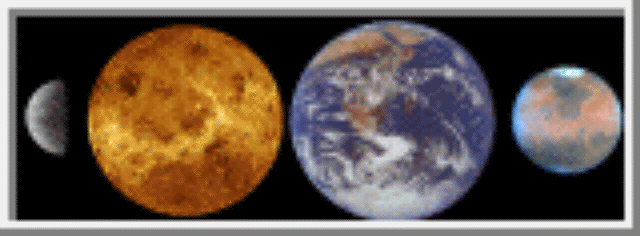 |
Terrestrial Planets:
The four planets closest to the Sun, Mercury, Venus, Earth, and Mars,
are considered Earth-like in nature, solid with higher densities than the
Jovian planets, smaller sizes, and smaller masses than the Jovian planets.
The Terrestrials have similar interior chemical make-ups; their masses are
dominated by silicates,
iron, nickel, and other heavier elements. The Terrestrial planets
maintain steady atmospheres excluding Mercury which, at best, has a
transient atmosphere. The Terrestrial planets show neither ring systems nor
extensive moon systems. The Earth does have one large moon, the Moon,
and Mars has
two small moons, Phobos and Deimos.
|
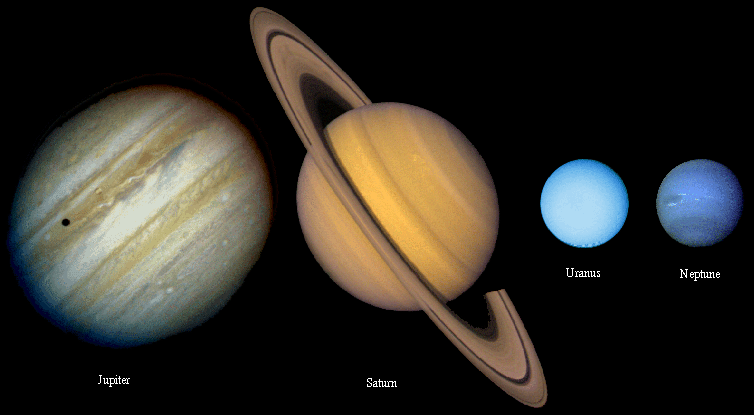 |
Jovian Planets:
The next four planets moving
away from the Sun, Jupiter, Saturn, Uranus, and Neptune,
are considered Jupiter-like
in nature, gaseous with larger sizes and larger masses than the Terrestrial
planets. The Jovians do, however, admit a dichotomy in that Jupiter and
Saturn have somewhat different appearances and properties
than do Uranus and Neptune.
For here, we consider
them as a single group, the Jovians.
The Jovians have similar chemical compositions, compositions
more similar to the Sun (roughly 85-90 % hydrogen and 10-15 % helium)
than to the Terrestrial planets.
The Jovian planets
all show ring systems and extensive moon systems. |

 |
Rock/Ice Objects:
Pluto and the other dwarf planets,
some of the
large moons of the Jovian planets, and objects in the Kuiper and
asteroid (some, e.g., Ceres) belts.
These objects are composed of combinations of rocky
material (silicates) and ices.
They are solid with densities in-between those
of the Terrestrial and Jovian planets because of their
compositions. They are smaller in size and mass
than are the Terrestrials.
|
In tabular form, we have for the general properties
of the planets:
General Planetary Properties I
Planet
a(A.U.) | M(ME) |
R(RE) | ρ(g-cm-3) | |
Terrestrials |
Mercury | 0.39 |
0.055 | 0.382 | 5.4 |
Venus | 0.72 | 0.815 |
0.949 | 5.2 |
Earth | 1 | 1 | 1 |
5.5 |
Mars | 1.52 | 0.107 | 0.532 | 3.9 |
Jovians |
Jupiter | 5.2 | 318 | 10.4-11.2 | 1.3 |
Saturn | 9.54 | 95.2 | 9.45 | 0.7 |
Uranus | 19.2 | 14.5 | 4.01 | 1.3 |
Neptune | 30.1 | 17.2 | 3.88 | 1.7 |
Rock/Ice (selected) |
Pluto | 39.5 | 0.0025 | 0.18 | 2.03 |
Europa | 5.2 | 0.008 | 0.40 | 3.04 |
Enceladus | 9.54 | 0.000018 |
0.040 | 1.61 |
For the scale of things:
- Mass of the Earth = 6.0x1024 kilograms
- Diameter of the Earth = 7,917.5 kilometers
- Mass of the Sun = 2.0x1030 kilograms = 330,000 Earths
- Diameter of the Sun = 1,400,000 kilometers = 109 Earths
What do the observed densities of the planets
tell us about the chemical
compostions of the interiors of the planets?
- densities larger than 3 g cm-3
suggest interiors dominated by heavy elements (referred to as
metals and rocky materials)
- densities around 1 gm
cm-3 suggest interiors dominated by hydrogen and helium, the
simplest elements
- densities between 2 to 3 gm cm-3
suggest interiors dominated by a mix of rock and ice (water, ammonia,
carbon dioxide) materials.
Other Notable Features of the Solar System
- the Jovian planets have extensive satellite systems
- the Jovian planets have ring systems
- the existence of the comets (Kuiper Belt, Oort Cloud)
- the existence of the asteroids (as an amusing note, consider the
Titius-Bode relation).
- Adding up the masses of the planets (including the asteroids
which are less than 0.001 Earths), we find that the Sun is more than 99 % of the
mass of the Solar System.
- ...
There are clear differences in the properties of the
Terrestrial planets, the
Jovian planets,
and the Rock/Ice bodies. They differ in
their distances from the Sun,
their masses and radii, whether they have solid surfaces or are gaseous, and
their interior chemical compositions (as inferred from their densities).
Any Successful Model for the Formation of the Solar System
Must Explain these Planetary Properties Described Above
CURRENT ATMOSPHERIC PROPERTIES
We now present the properties of the atmospheres of the Solar System
planets.
Although important, we do not use these features when
we discuss the basic model for the formation of the Solar System. We use
them when we discuss the evolution of the planets, in particular, the
evolution of the subset of Terrestrial planets Venus, Earth, and Mars.
Planetary Properties II
Planet |
Interior | Atmosphere |
vesc(km-s-1) |
Patm(bars) |
Tatm(oF) | ρ(g-cm-3) |
Terrestrials |
Mercury | Fe,Ni,silicates |
traces of H,He,Na,O
| 4 | ... |
333oF (167oC) |
5.4 |
Venus | silicates,Fe,Ni | 96% CO2,4% N2 | 10 |
90 |
867oF (464oC) |
5.2 |
Earth | silicates,Fe,Ni |
78% N,21% O2
| 11 | 1.01 |
59oF (15oC) |
5.5 |
Mars | silicates | 95% CO2,2.6% N2,1.9% Ar | 5 |
0.0065 |
-85oF (-65oC) |
3.9 |
Jovians |
Jupiter | H,He |
86% H, 7.4% He
| 60 | 1.01 |
-166oF (-110oC) |
1.3 |
Saturn | H,He | 9% H,7.4% He | 36 |
1.01 |
-220oF (-140oC) |
0.7 |
Uranus | ices,H,He |
84% H,14% He
| 21 | 1.01 |
-320oF (-195oC) |
1.3 |
Neptune | ices,H,He | 84% H,?% He | 23 |
1.01 |
-330oF (-220oC) |
1.7 |
Rock/Ice |
Pluto | ices,silicates | trace CH4 | 1.3 | ~10-5 |
-375oF (-225oC) |
2.03 |
Europa | silicates,ice |
primarily O2, some water |
0.22 |
~10-12 |
-276oF(-171oC) |
3.04 |
Enceladus | silicates,ice |
H2O,CO2,N,CH4 (plumes?) |
0.23 |
trace,variable |
-324oF(-198oC) | 1.61 |
The Jovian planets are gaseous and so to define their atmospheric properties,
the layer where the gas pressure is the same as at
sea level on the Earth is chosen to define the temperature and pressure.
The differences in the atmospheric pressures
and escape velocities
of the Terrestrial and Jovian planets yield further
information about the planets.
